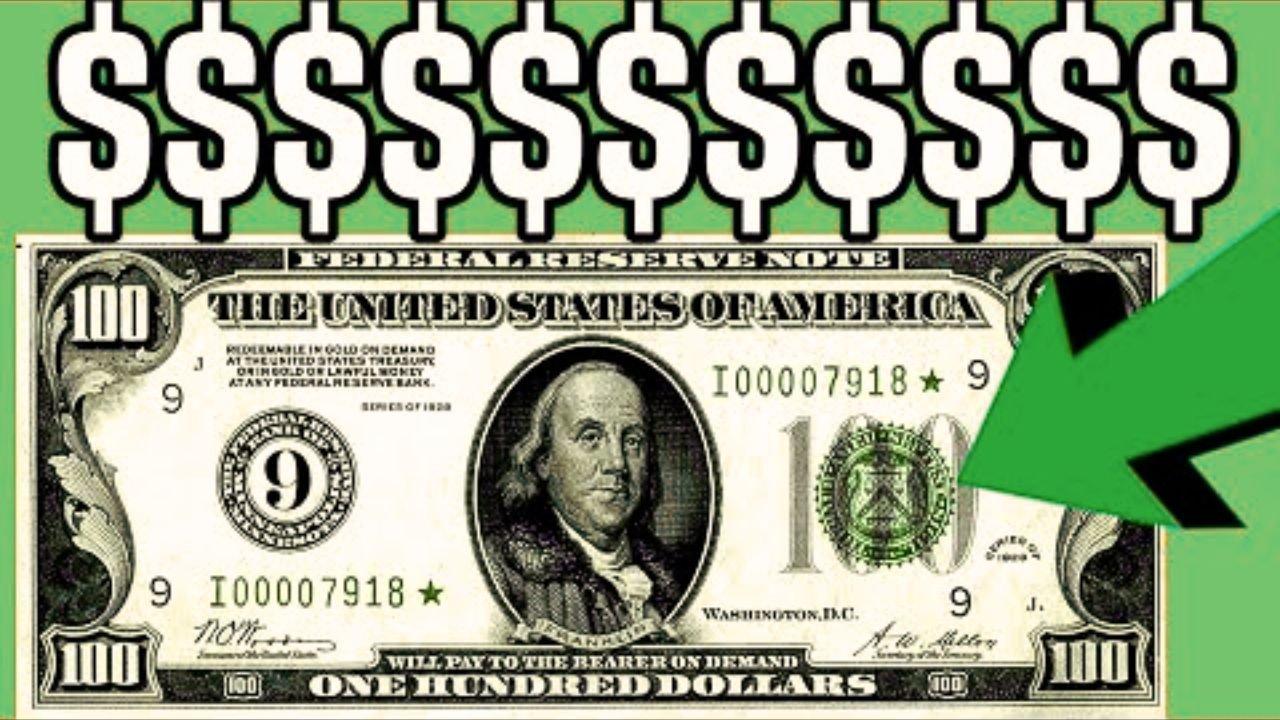A Million-Dollar Mistake
A $100 bill from 1969 just sold at auction for a jaw-dropping $3.2 million, and similar bills might still be hiding in wallets across the U.S. This wasn’t just any bill—it had a rare printing error that made it a collector’s dream. The U.S. Bureau of Engraving and Printing made a mistake back in 1969, misaligning the portrait of Benjamin Franklin so it was off-center. Only a handful of these misprinted bills escaped into circulation, making them incredibly valuable. If you’ve got a $100 bill from that year, it’s worth a quick look before you spend it.
How to Spot the Error
Identifying this rare $100 bill is straightforward if you know what to check. First, look at the year printed on the front—it should say 1969. The big clue is Benjamin Franklin’s portrait. On a normal bill, his face is perfectly centered, but on these misprints, it’s shifted to one side, leaving extra space on the other. The rest of the bill, like the serial number and Treasury seal, looks normal. If you’re not sure, compare it to another $100 bill. The misalignment is clear once you see it side by side.
| Feature | Normal $100 Bill | Rare $100 Bill |
|---|---|---|
| Portrait Position | Centered | Off-center |
| Series Year | Any year | 1969 |
Why It’s So Valuable
What makes a simple printing error worth millions? It’s all about how rare it is. The Bureau of Engraving and Printing produces billions of bills, but mistakes like this are usually caught and destroyed. In 1969, a small batch of these misaligned bills slipped through, and collectors go wild for them. The bill that sold for $3.2 million was in pristine condition, which boosted its value. Even bills in average shape can sell for hundreds of thousands. Auction houses report that error bills from this series are some of the most sought-after in the collecting world.
Where These Bills Are Showing Up
These rare $100 bills have been found in surprising places. One turned up at a flea market in Florida, tucked inside an old book. Another was spotted in a bank deposit in Chicago. Since they’re still legal tender, people use them without realizing their worth. A recent post on social media from a collector in Nevada mentioned finding one at a casino. Cash-heavy businesses, like convenience stores or restaurants, are prime spots for these bills to surface. If you handle a lot of cash, keep an eye out for 1969 $100 bills.
| Reported Findings | Location | Year Found |
|---|---|---|
| Flea Market | Miami, FL | 2022 |
| Casino | Las Vegas, NV | 2025 |
What to Do If You Find One
If you think you’ve got one of these bills, don’t spend it. Take it to a trusted currency dealer or auction house for verification. They’ll check the bill’s authenticity and condition, which can affect its value. Store it in a protective sleeve to keep it safe—creases or tears can lower its worth. If it’s real, you could sell it at auction or to a collector. The $3.2 million sale shows how much these bills can fetch, so it’s worth the effort to get it checked out.
Check Your Cash
This incredible auction is a reminder that everyday cash can hold hidden value. Whether you’re paying for groceries or getting change at a gas station, a quick glance at your $100 bills could reveal a treasure. Collectors are always hunting for these 1969 misprints, and their value keeps rising as fewer remain in circulation. Next time you pull out a $100 bill, take a second to check the year and Franklin’s portrait. You might be holding a million-dollar mistake.
